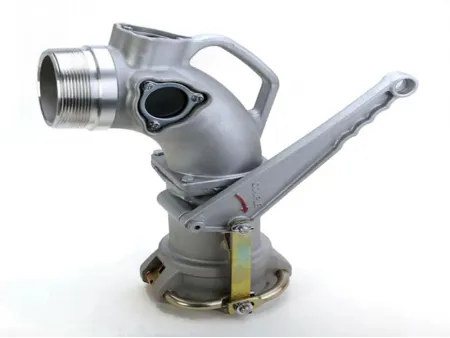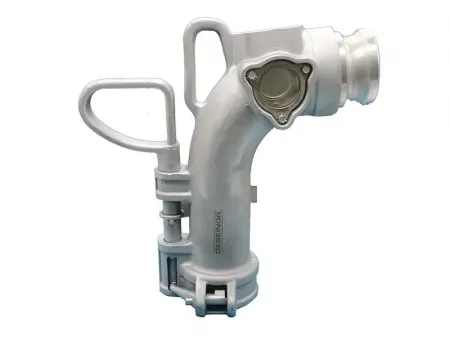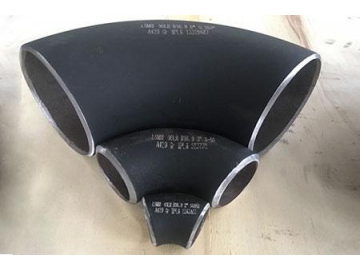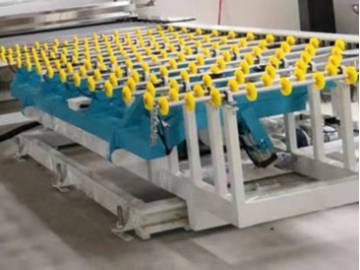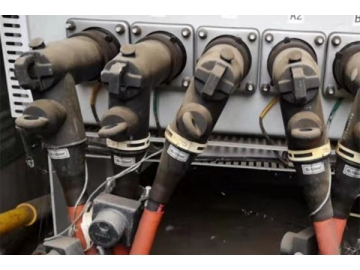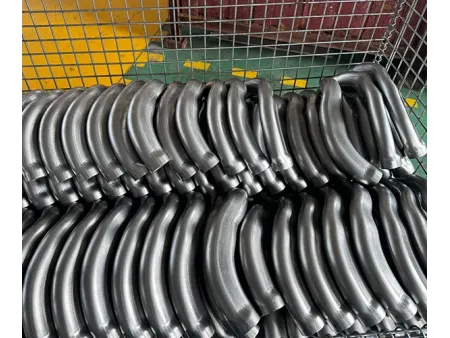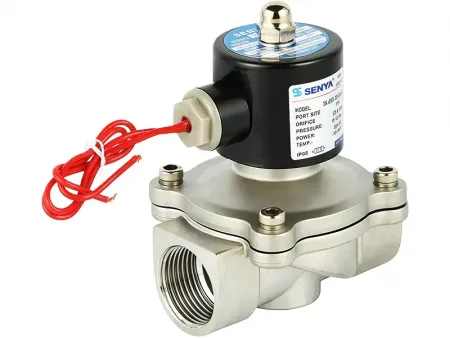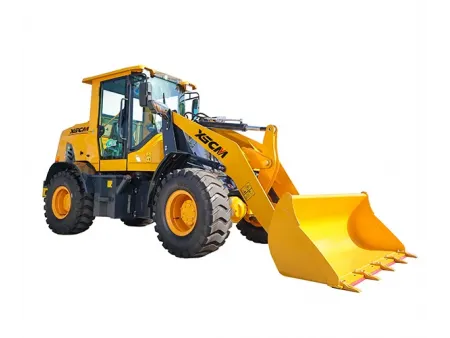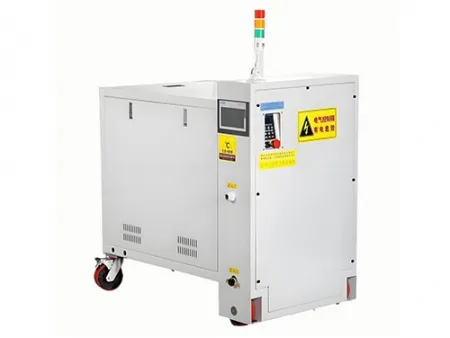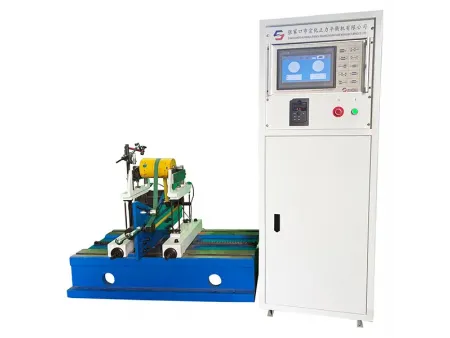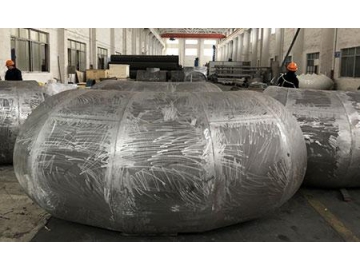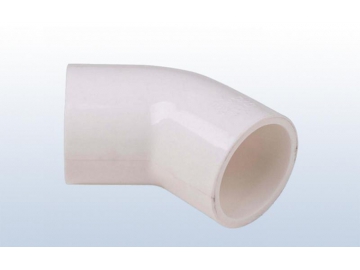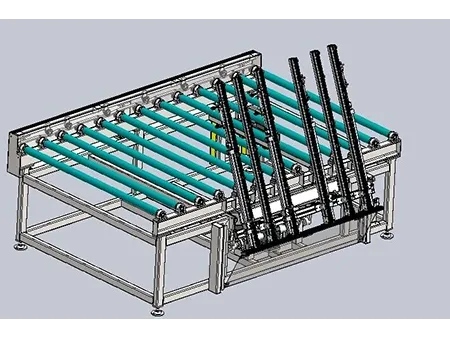Unloading Elbow
Request a Quote
Tank Truck Fittings
Fuel delivery elbow mounted on petroleum tank truck for the bottom unloading of fuel
Specifications
- Fill adapter
- Nominal diameter: 3''/4''
- Material: Aluminum alloy
- Connection: Fill adapter
- Temperature range: -40℃ to 70℃
Product Overview
The unloading elbow is a connection component mounted on petroleum tank trucks to enable safe, efficient bottom unloading of fuel into underground storage tanks. It connects the tanker’s discharge outlet to the station-side adapter at the service station or depot.
Our unloading elbows are designed for quick coupling, tight sealing, and smooth fuel flow during delivery. Operators can visually monitor product movement through an integrated sight glass, which allows them to confirm:
- Whether fuel is actively flowing
- Whether overflow has occurred at the underground tank
Available in various sizes and connection formats, these elbows are compatible with a wide range of fueling systems and help reduce downtime and spill risk during unloading.
Features
- Quick-connect design allows the elbow to be secured by simply pressing it onto the adapter
- Viton lip seal provides reliable lateral sealing even at flow rates up to 1400 L/min
- 360° rotation prevents hose kinking, allowing free product flow and reducing fuel delivery time
- Integrated cast handle offers enhanced durability and safety; its elevated position and lever-based design reduce operating force
- Replaceable inlet connection secured with bolts for easy maintenance—no risk of thread wear
How should a tank truck unloading elbow be maintained?
How should a tank truck unloading elbow be maintained?
Keep the outlet clean by regularly removing dust and fuel residue. Use a dust cap when not in operation. Avoid excessive force when opening or closing the handle to protect internal components.
How do I unload a liquid bulk tanker?
How do I unload a liquid bulk tanker?
First, open the internal safety valve of the target tank compartment. Then, slowly open the discharge valve, monitoring for leaks or spills. Remain nearby during the process to ensure safe, continuous operation.
What is the unloading process for LNG tankers?
What is the unloading process for LNG tankers?
LNG unloading involves recirculation, pressure reduction, and discharge. The transfer lines must be pre-cooled to prevent heat-related expansion and ensure system safety and stability during transfer.
How do you unload a methanol tanker?
How do you unload a methanol tanker?
If the tanker is equipped with a bottom safety valve, gravity unloading is preferred. If not, top discharge using a pump-assisted system is recommended to minimize spillage risk.
Leave Message
Similar Manufacturies and Parts
Manufacturer Advertising
More
Similar Manufacturies and Parts
Videos

